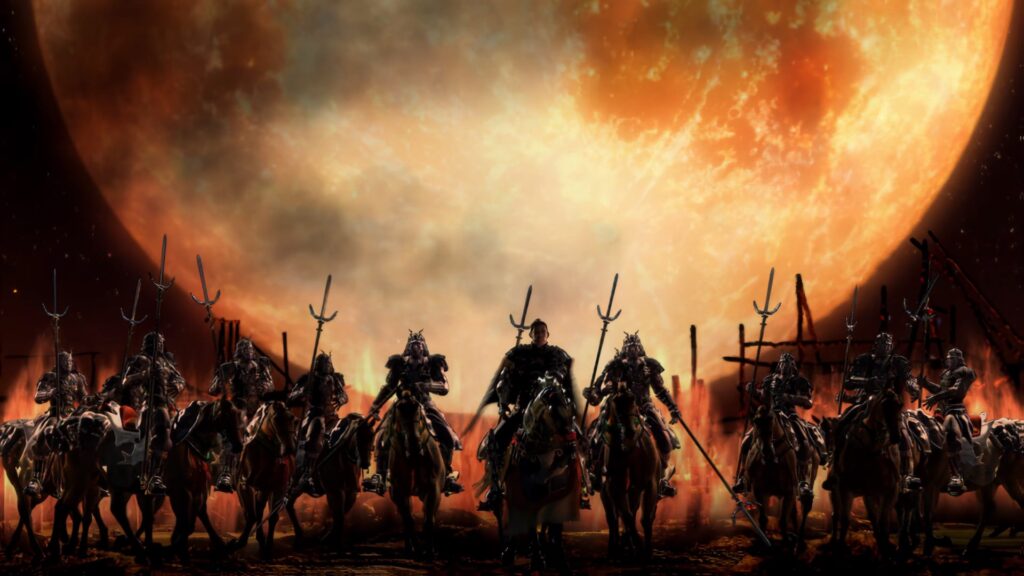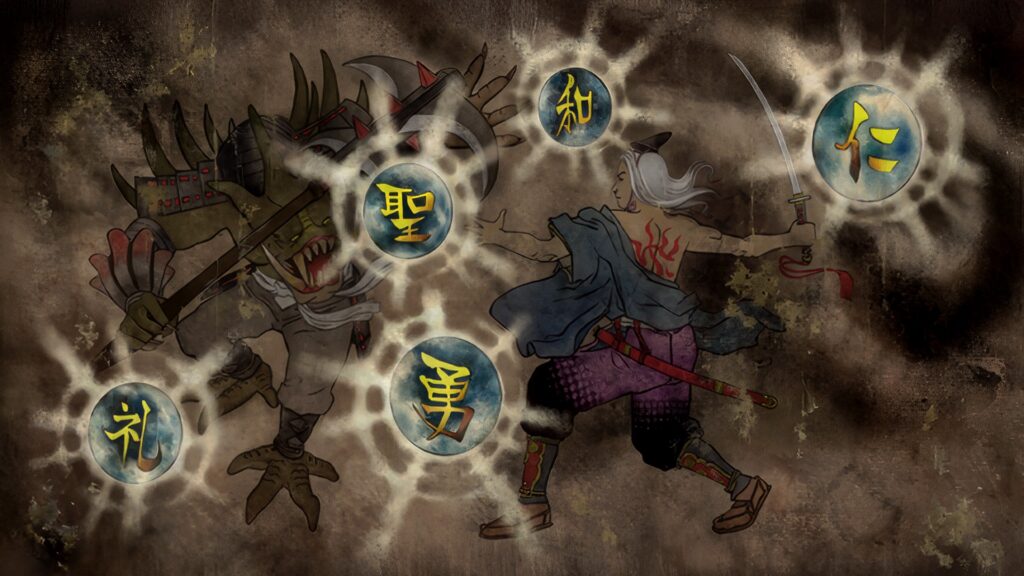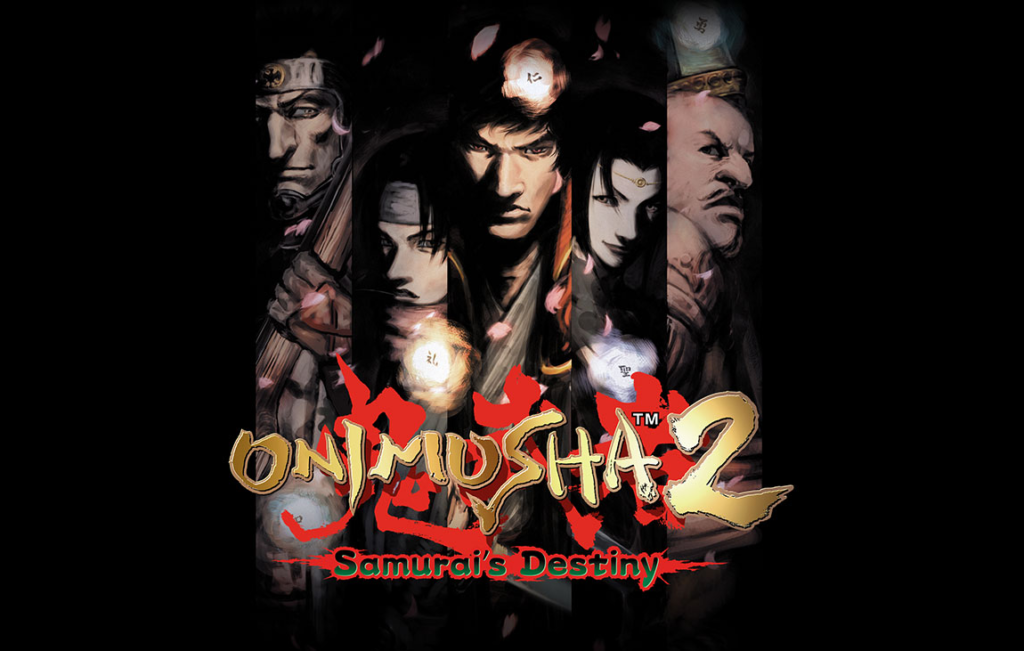Onimusha 2 blends historical accuracy with the supernatural, delivering a demon-slaying action adventure set in medieval Japan. If you grew up with the PS2, it’s shaping up to be a nostalgic hit. For newcomers, though, it’s a tough sell – the remaster is very much a product of its era.

Originally released in 2002, Onimusha serves as a testament to what I would consider one of the greatest eras of gaming. Sitting alongside giants like Final Fantasy, God of War, Grand Theft Auto, and Metal Gear Solid, it’s easy to see how it may have flown under the radar for some. Now, over 20 years later, what’s new?
New difficulty options – easy mode for those who want to enjoy the story, and hell mode for those seeking an additional challenge, where you die in a single hit. Quality of life improvements – auto save functionality, skippable cutscenes, and on-the-fly weapon swapping. Finally, a revised gallery supporting higher resolutions and a zoom function, with an additional 100 new artworks and all 43 tracks from the original soundtrack.
While the core experience remains untouched, being from 2002, it features long-forgotten design choices from the era. Expect fixed and frustrating camera angles, vague explanations regarding puzzles, linear progression with minimal guidance, respawning enemies without health indicators, and plenty of narrow corridors and tight rooms. That said, it doesn’t hold your hand, and when you find solutions, there’s a real sense of satisfaction, something many modern titles miss.

Flaming arrows strike straw rooftops, horsemen galloping in, villagers losing their lives. Onimusha 2’s opening cinematic immediately sets the tone. It took me back to a simpler time when I was a young child, sitting in my bedroom, unaware of the journey ahead.
The story revolves around Jubei, a young samurai seeking vengeance against Nobunaga, the man who destroyed his village. Tasked with gathering the five orbs – charity, faith, honesty, respect, and strength – you will travel from city to city, location to location, in search of them. Along the way, you’ll meet a variety of unique characters and companions who will aid you during your quest. Only once all five orbs are gathered can you finally defeat Nobunaga.
Jubei is a personable lead who, throughout his journey against the demon clan, meets a variety of characters. Through the affinity system, you can gift items to form relationships, turning allies into companions who’ll aid you at certain points. From a blubbering buffoon to a stoic marksman, each companion adds personality and branching story paths, bringing life to the adventure from the very beginning.

The fixed camera doesn’t ruin the game, but it does add unnecessary frustration, especially if you didn’t grow up with the PS2 era design. Nowhere is this more obvious than during combat, where narrow corridors, tight arenas, and constantly shifting camera angles limit visibility. Not being able to see what enemies were off-screen tested my patience more than once.
Thankfully, defeated enemies release souls you can absorb to recover health and mana, which helps offset the damage taken from those camera-induced moments. Enemies sometimes drop items, which can be used to heal, restore mana, and engage with the previously mentioned affinity system. Additionally, some are required to progress further.
If you can tolerate the lack of modern polish, Onimusha 2: Samurai’s Destiny is shaping up to be a tasteful blend of action and RPG-lite combat, delivering an engaging and satisfying adventure across medieval Japan. It perfectly captures a fine line between Japanese history and demonic fantasy, and the opening of the remaster is promising.
Onimusha 2: Samurai’s Destiny releases on PC, PlayStation 4, Xbox One, and Nintendo Switch on May 23, 2025.
